
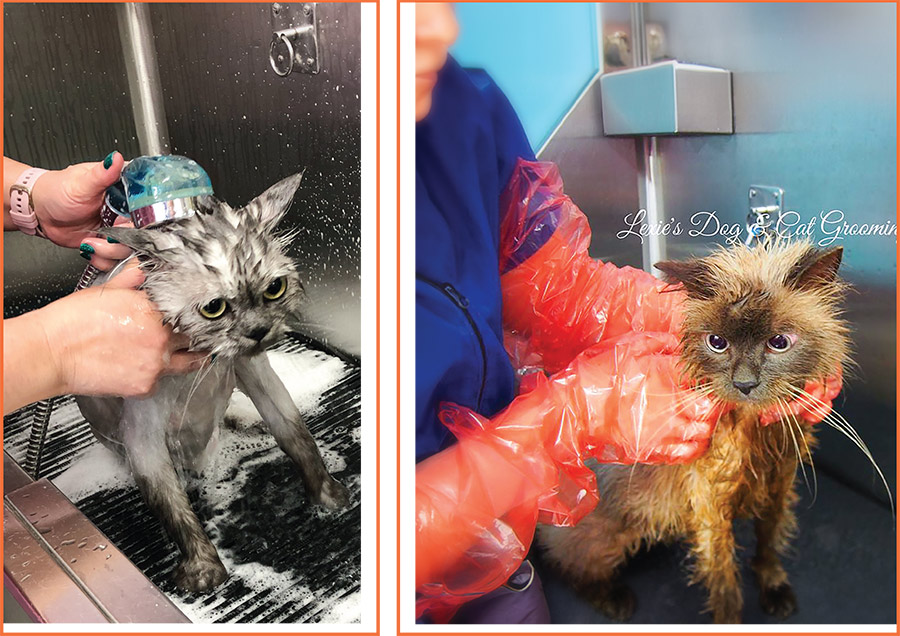
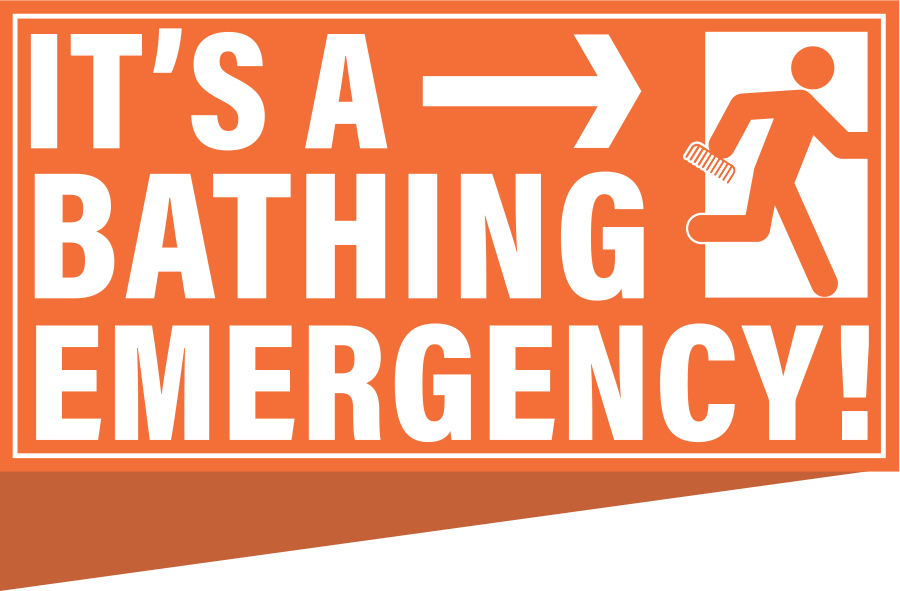
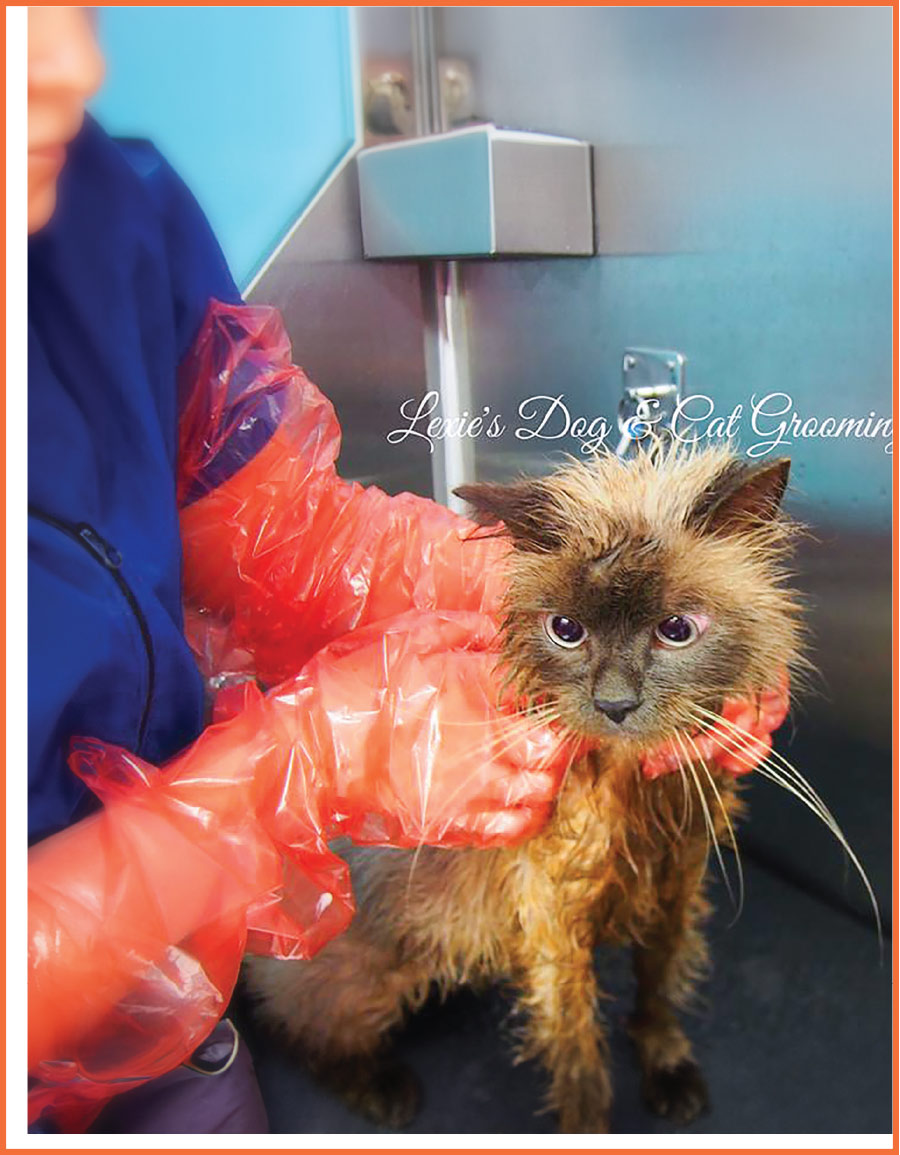
Photos provided by Lexie Goldsmith
 es, there is such a thing. The family home environment often contains toxins that can harm a cat’s health. A toxin can be any chemical substance that is a danger to an animal. And the chemical substance does not need to be ingested to become a health issue for a cat.
es, there is such a thing. The family home environment often contains toxins that can harm a cat’s health. A toxin can be any chemical substance that is a danger to an animal. And the chemical substance does not need to be ingested to become a health issue for a cat.
The skin is an organ that works as a protective layer; however, some chemicals, such as lipid-soluble substances, are absorbed by the skin, allowing them into the bloodstream to cause toxic effects on the body. And even if the chemical is not absorbed via infiltrating the skin, the cat may still lick itself, ingesting the chemical and causing issues internally.
It often falls on groomers to help with accidental spillage of substances or contact with toxins, which can include:
- Toxic plants such as lilies
- Petroleum, petroleum condensate, gasoline, diesel fuel, kerosene, crude oil, or other hydrocarbon mixtures
- Essential oils such as lavender, tea tree, peppermint, eucalyptus and citrus oils
- Insecticides such as Organophosphates, phosphates, Permethrin, carbamates or pyrethrins
- Herbicides
- Cleaning products
- Ethylene glycol (antifreeze)
- Benzalkonium chloride
- White spirit
- Caustic sodas
Any substance that has damaged the skin, such as a chemical burn, will require veterinary treatment. Mechanical or chemical removal may cause more damage and pain or prolong the healing process.
Some life-threatening emergencies in cats are induced by direct absorption or by oral ingestion (through self-grooming) of a toxin after skin exposure. The client should always source veterinary treatment before the bath to be sure the cat does not require medical intervention. Advice is also available to the public via the Pet Poison Helpline about whether the substance is toxic.
Signs such as excessive salivation and foaming may be expected if a scented substance is spilled, but it can also be a sign of toxicity; only a veterinarian knows the right course to take. The cat will require consultation for oesophageal and mucosa damage, depending on the substance. The cat may also need IV fluids, absorbent medication, dialysis, gastric lavage or emesis to expel the toxins, and ongoing supportive care. Do not try to induce vomiting without veterinary advice, as it can damage the cat internally when the substance is expelled.
If a cat presents with these signs, send them straight back to the vet:
- Depression/lethargy
- Collapse
- Vomiting
- Shaking
- High or low body temperature
- Seizure
- Lack of coordination
- Neurological signs (looking “drunk”)
- Rapid, shallow, heavy or no breathing
- High heart rate
- Mucous membrane colors are white, purple, blue, pale or deep red
- Capillary refill time over two seconds
- Behavioral changes
- Gastrointestinal issues
- Pawing at the face
- Clamping of the jaw
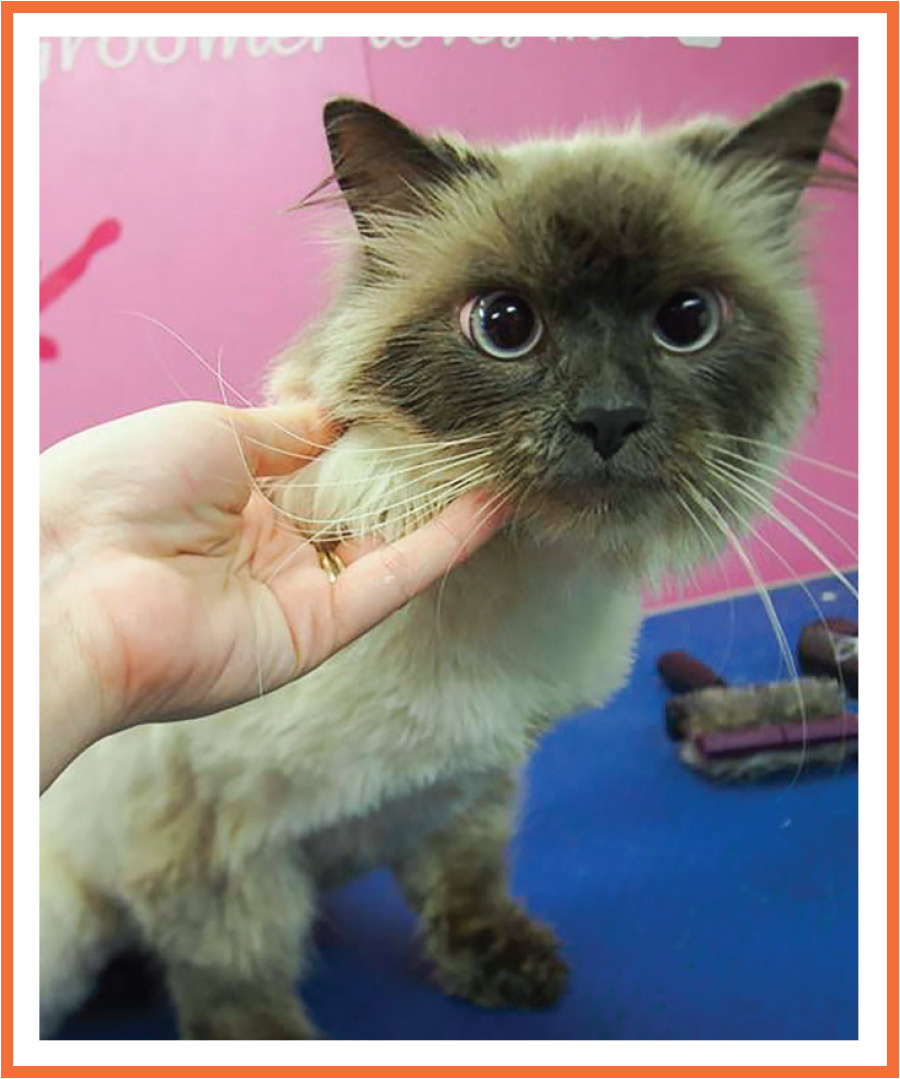
Removing the contaminating substance begins by breaking it up before it can be removed by shampoo and water. This starts by using a solid surfactant such as dishwashing liquid; be sure to use one without limonene or citrus oils. Use as little water as possible, increasing the water with every wash.
The cat must be bathed multiple times (as many as 5-10 washes) before a shampoo is used to finish. Generally, the more the cat’s coat soaps up, the less oil or substance remains. Motor oil, for example, will make the color lighter, but it may take weeks to leave the hair shaft altogether.
Always ask the veterinarian before beginning the removal process for the recommended product to use. Removal of the substance does not guarantee that the cat has not been poisoned; the cat still requires monitoring with veterinary care.
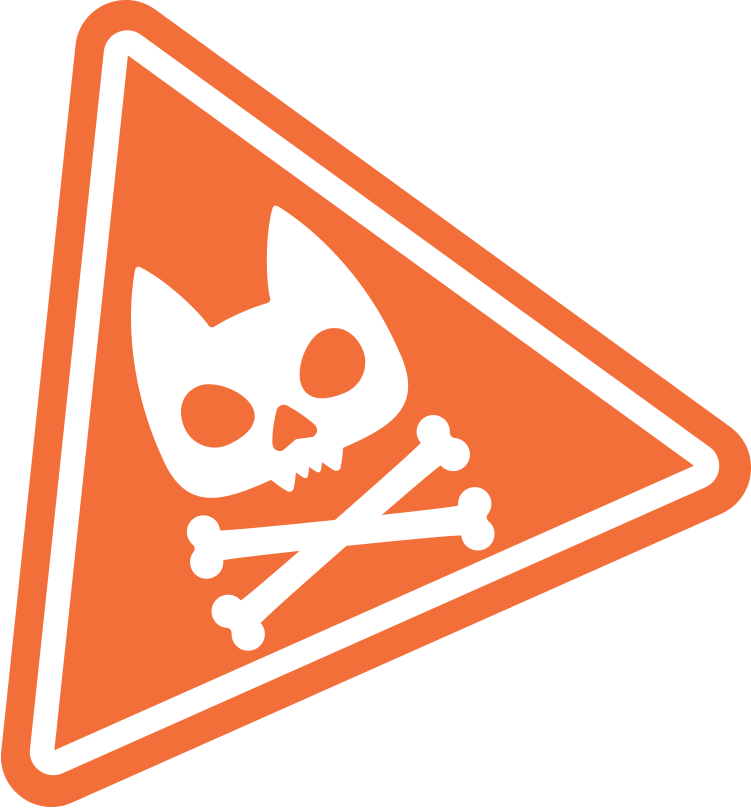
- Mothballs
- Laundry detergent
- Permethrin (if higher than 0.1% concentration)
- Pesticides, rodenticides and insecticides
- Potpourri
- Rat and snail bait
- Human medications like anti-depressants
- Panadol
- Ibuprofen
- Aspirin
- Antifreeze
- Lead
If bathing, you must dry the cat completely to avoid hypothermia. Depending on the circumstances and the cat’s stress signs, this can be done either by a high-velocity dryer, in a cage or by air-drying using a heating pad.
It is essential to keep up to date with your pet first aid and CPR certifications to be able to identify signs of neurotoxicity. If you are not educated in first aid or are not comfortable with helping an emergency case, please refer the client to have this completed under veterinary care.
Lexie Goldsmith teaches an online course, “First Aid for the Cat Groomer,” written by two Certified Vet Nurses and Master Cat Groomers, which helps you bridge the gap between an emergency and veterinary treatment, and includes a more extensive list of common household poisons and what to do in case of poisoning. The course includes a certificate of completion, tests and essay questions. learncatgrooming.com.au/p/first-aid

